As schools across the nation struggle with teacher shortages, a new study from Richard Ingersoll, Lennon Audrain, and Mary Laski points to a promising solution: redesigning the structure of classrooms and the role of teachers.
Conducted by ASU’s Mary Lou Fulton Teachers College in collaboration with the Center on Reinventing Public Education, the study evaluates the Next Education Workforce™ (NEW) initiative—a model that replaces the traditional one-teacher classroom with teams of educators who share students, collaborate on planning, and have clearly defined roles. These teams also benefit from professional development, the inclusion of student and beginning teachers, and expanded decision-making influence.
Key Findings
The findings suggest this innovative model could help address persistent challenges in educator retention and job satisfaction:
- Strengthened Teacher Retention: One of the study’s most critical findings is that teachers working within these teams are far less likely to leave their positions compared to those in traditional classrooms (11.7% vs. 21% for non-NEW teachers, compared to 16% for teachers nationally). Team-based staffing was associated with significantly reduced teacher turnover—an issue that has plagued school districts across the country.
- Elevated Decision-Making Authority: NEW teachers report higher levels of decision-making influence both in their classrooms and school-wide. This authority is linked to lower turnover rates and the study suggests that professional-like authority is a crucial factor in retaining educators.
- Supercharged Synergy Between Team Membership and Teacher Authority: The combination of being part of a collaborative teaching team and having decision-making authority resulted in the lowest turnover rates observed (6.6% vs. 22% for members with lower authority). Teachers who experienced both benefits were far more likely to stay in their schools and districts, underscoring the value of this integrated approach.
National Implications
By addressing both the operational and professional needs of educators, the NEW model offers a compelling alternative to the conventional classroom. Its potential to reduce turnover and reinvigorate the teaching profession makes it a powerful tool for districts nationwide.
Read more on this study
Brief: How Team-Based Staffing Models Relate to Teacher Decision-Making Influence and Turnover
In EdWeek: Team Teaching Reduces Turnover Compared to Going Solo, New Research Finds
In Educational Leadership: The Teaching Model That’s Keeping Educators in Schools






